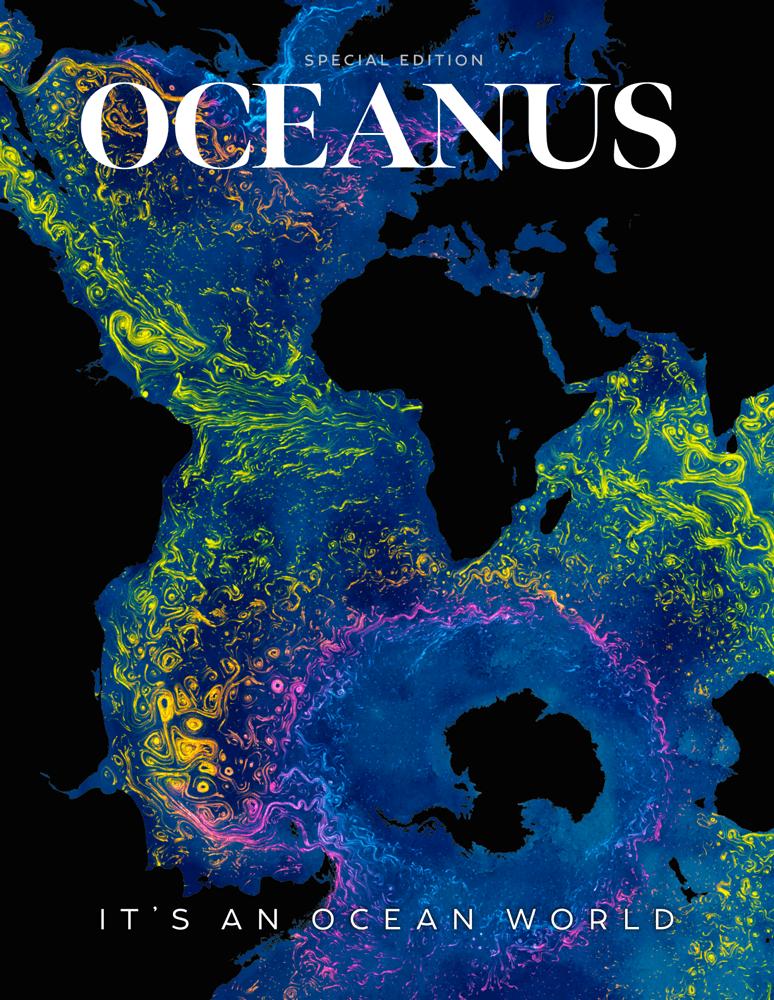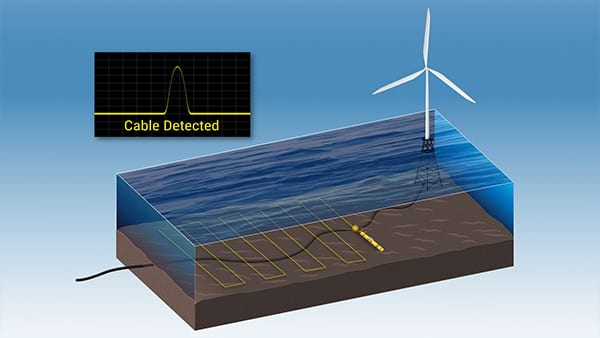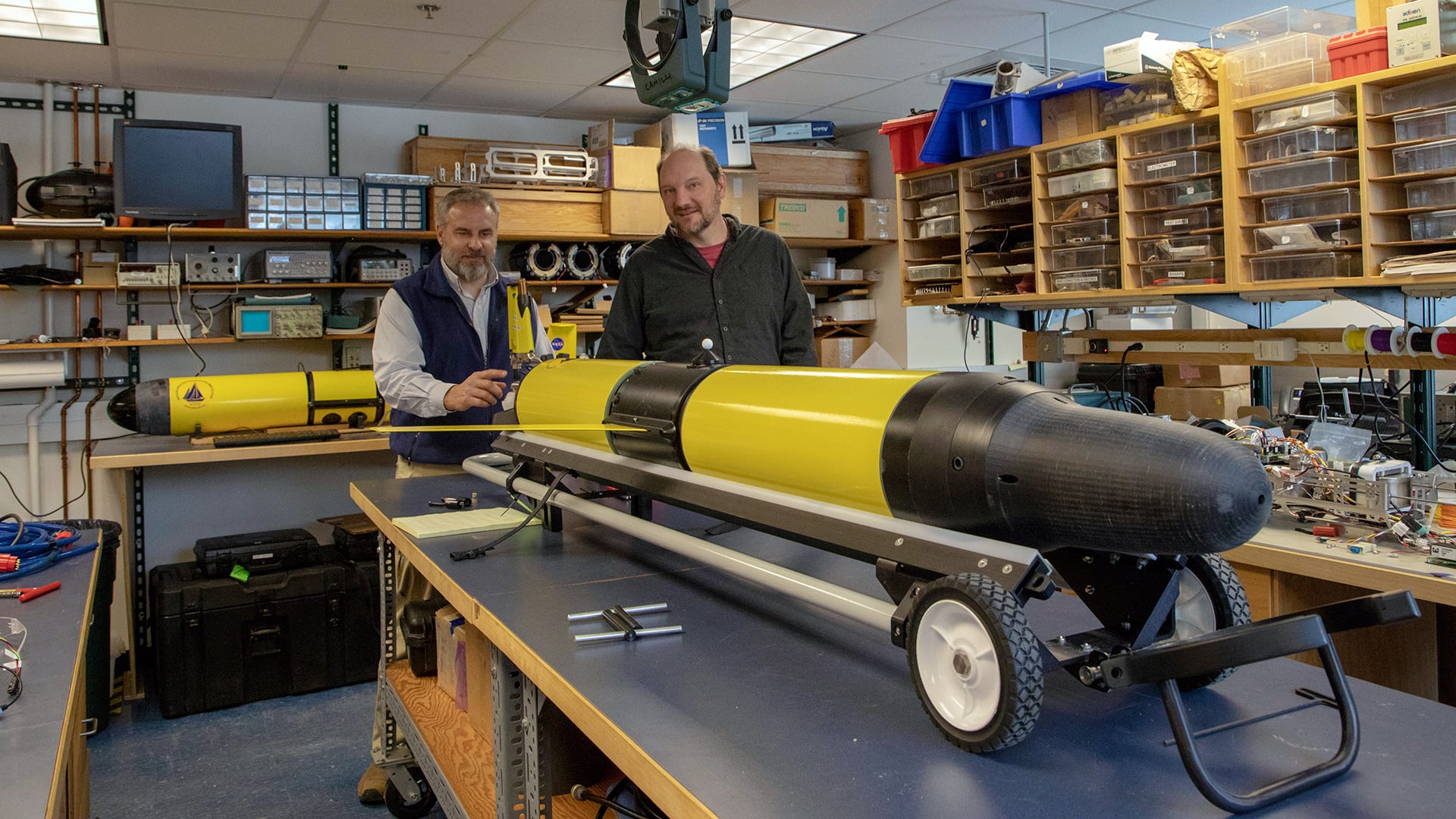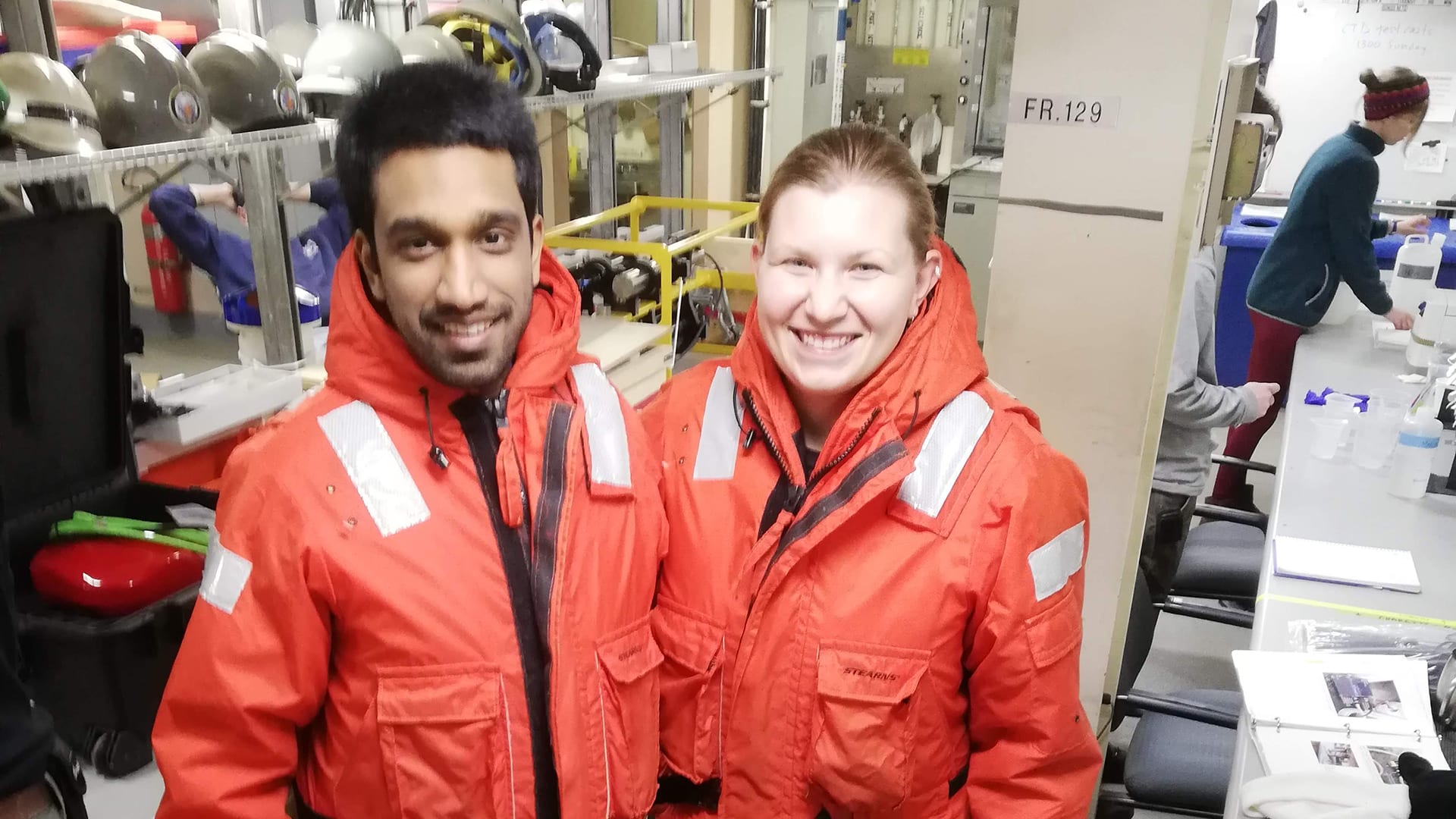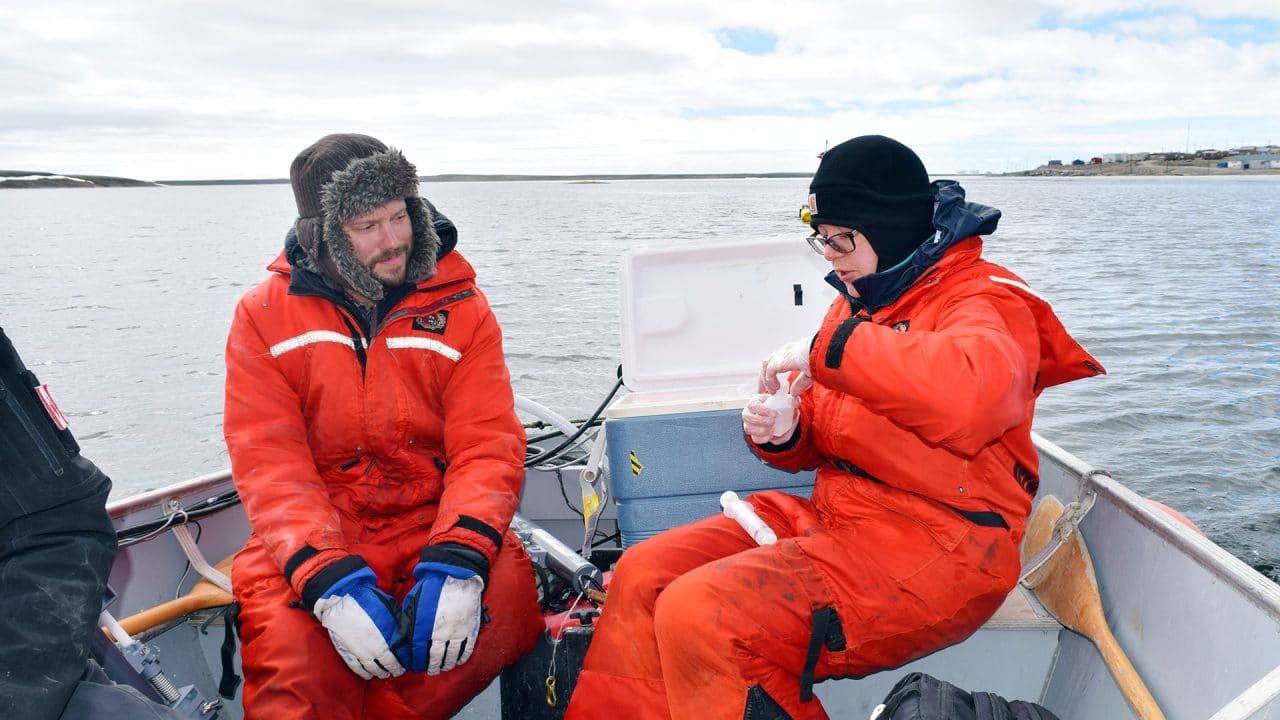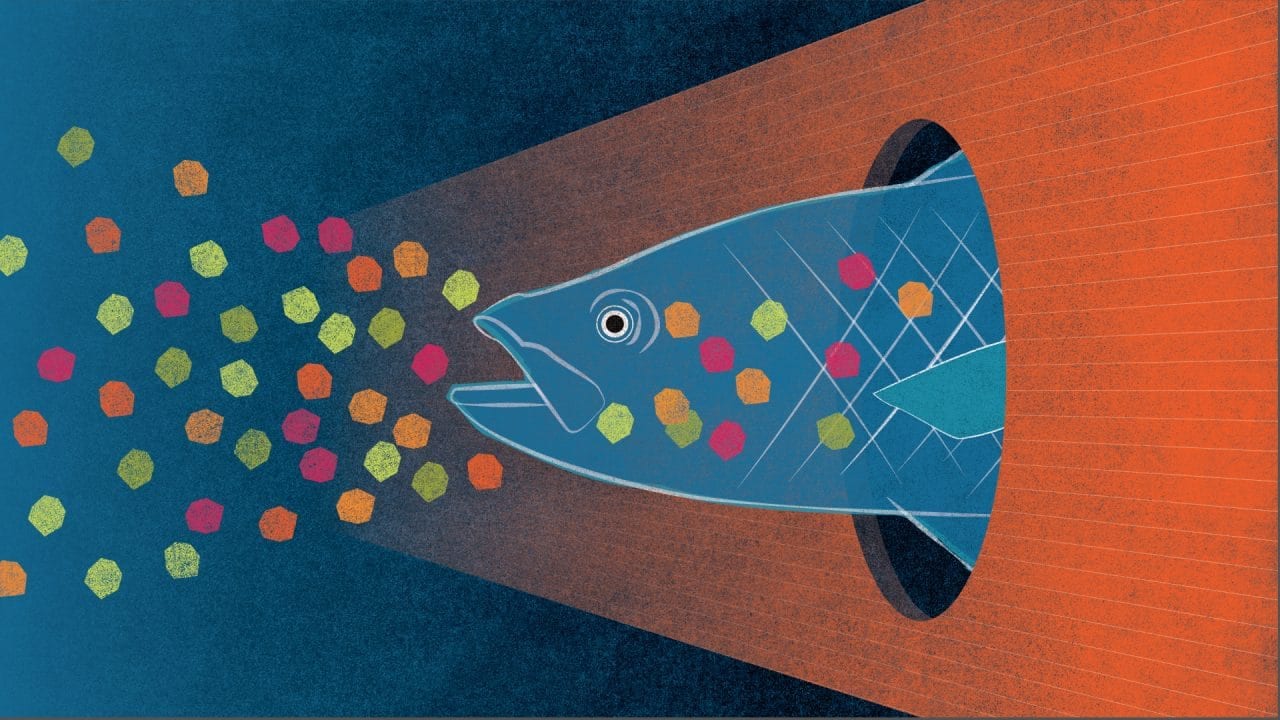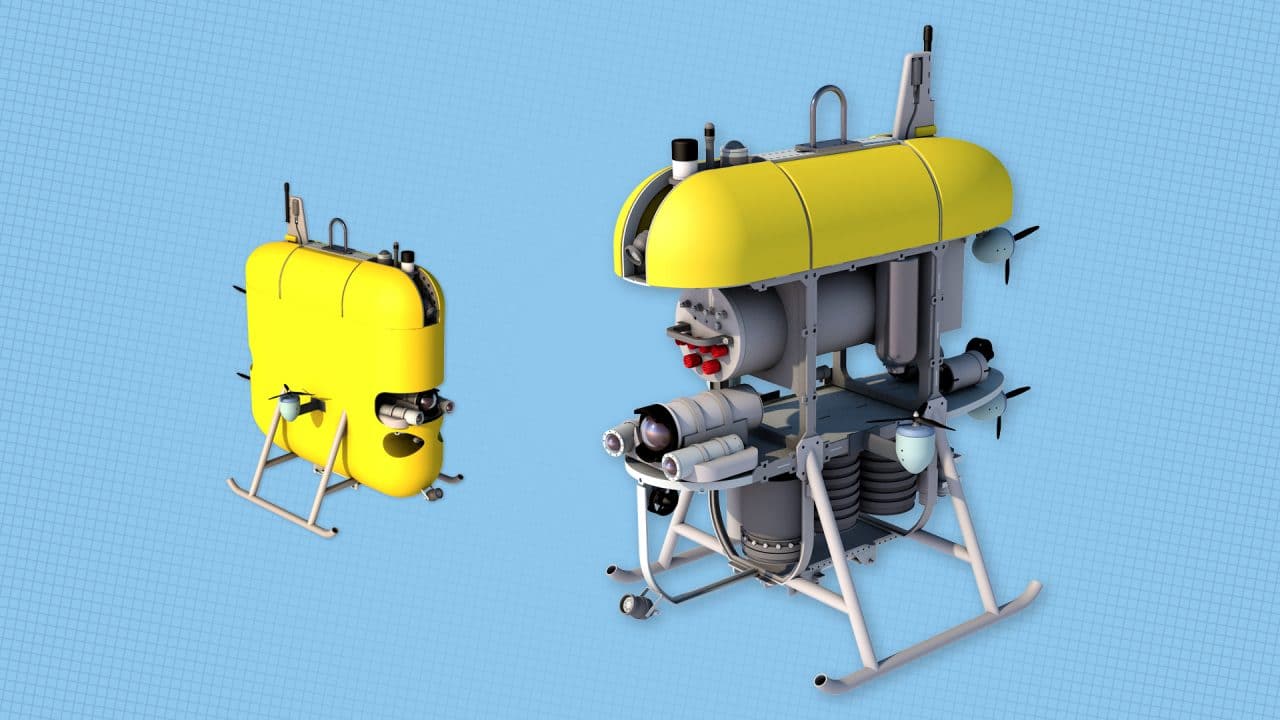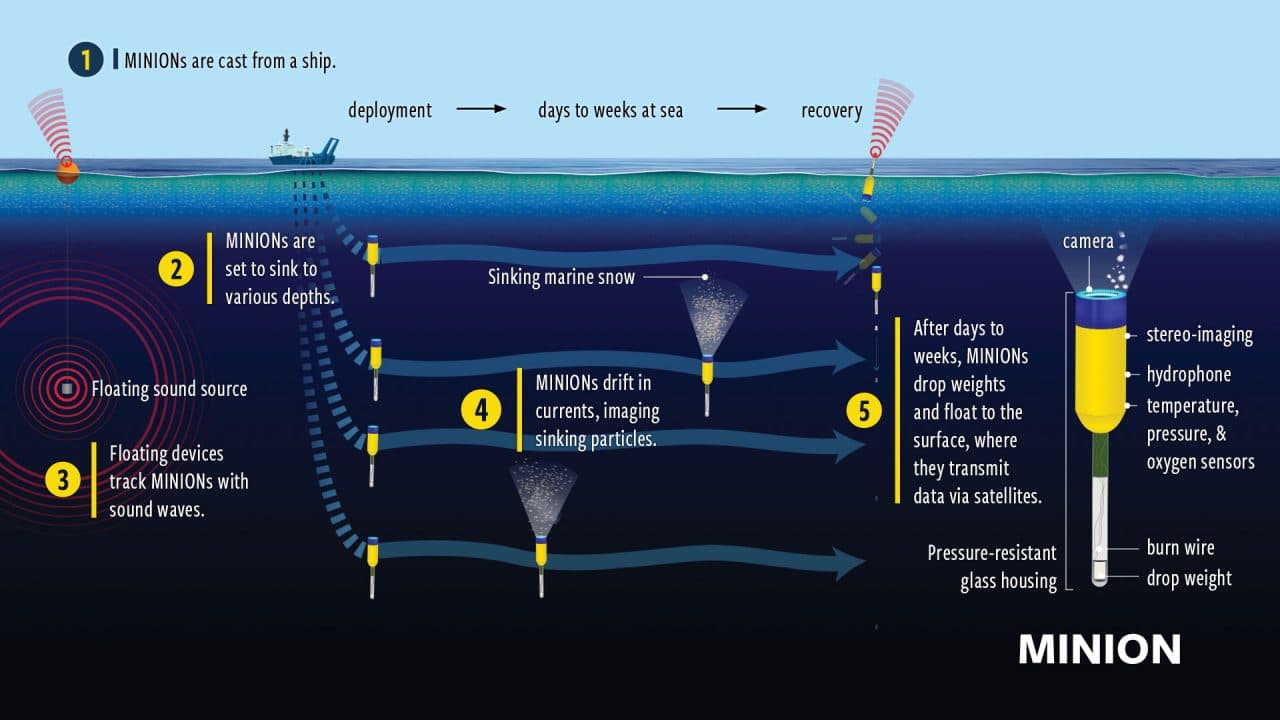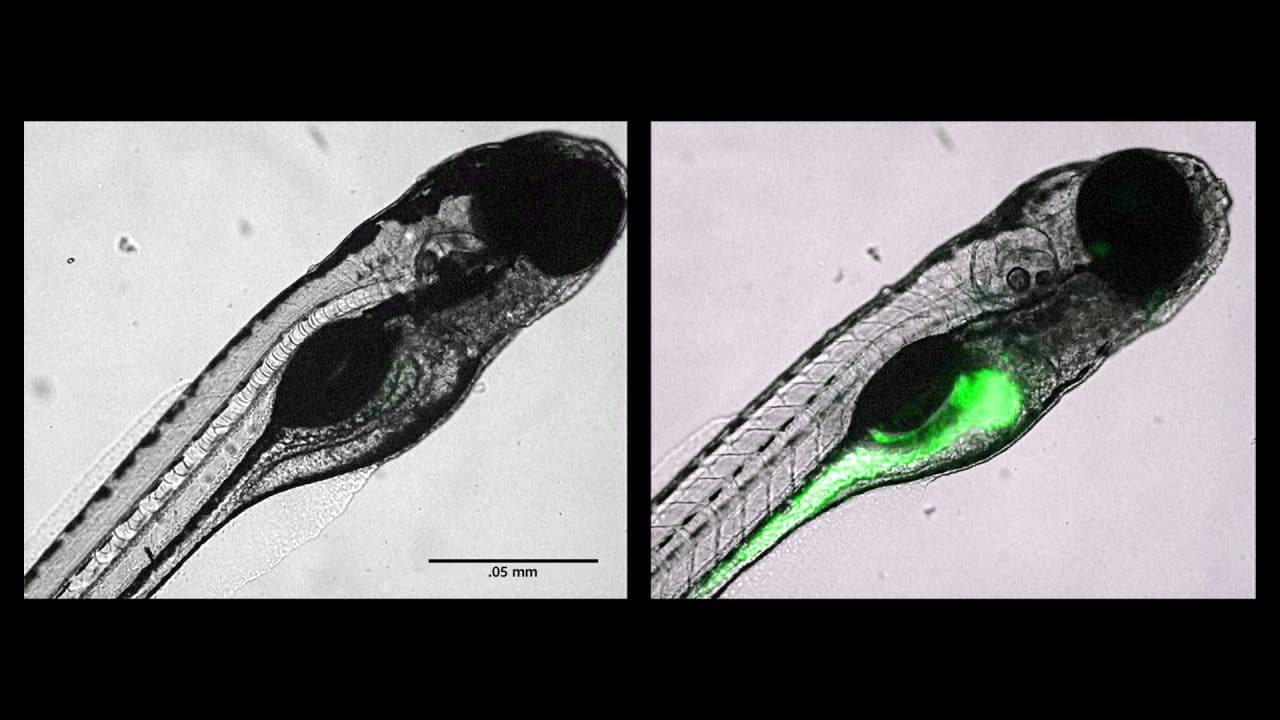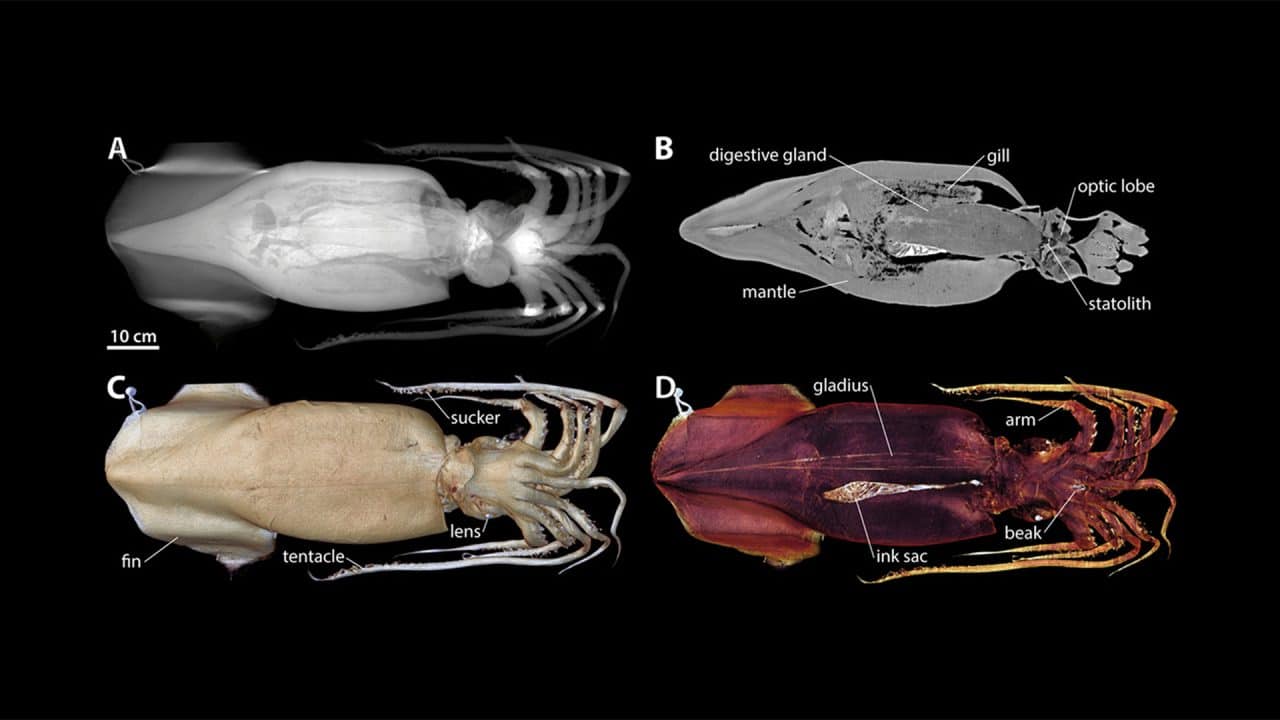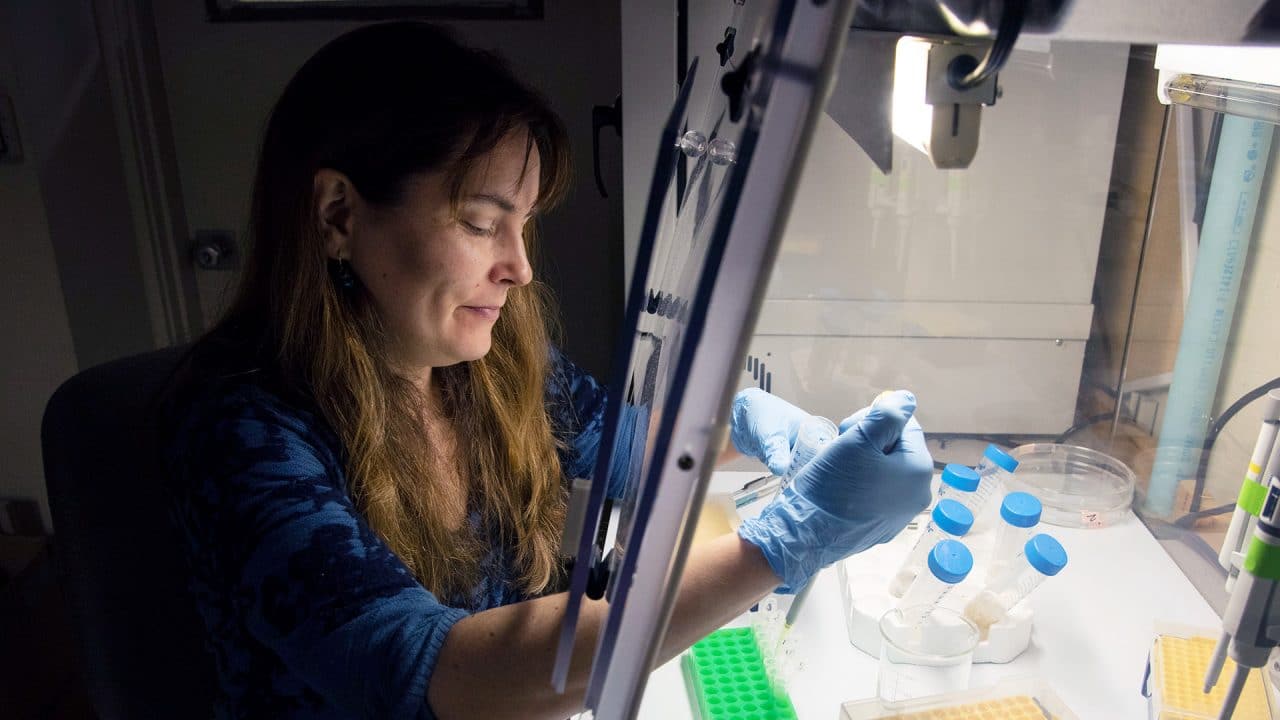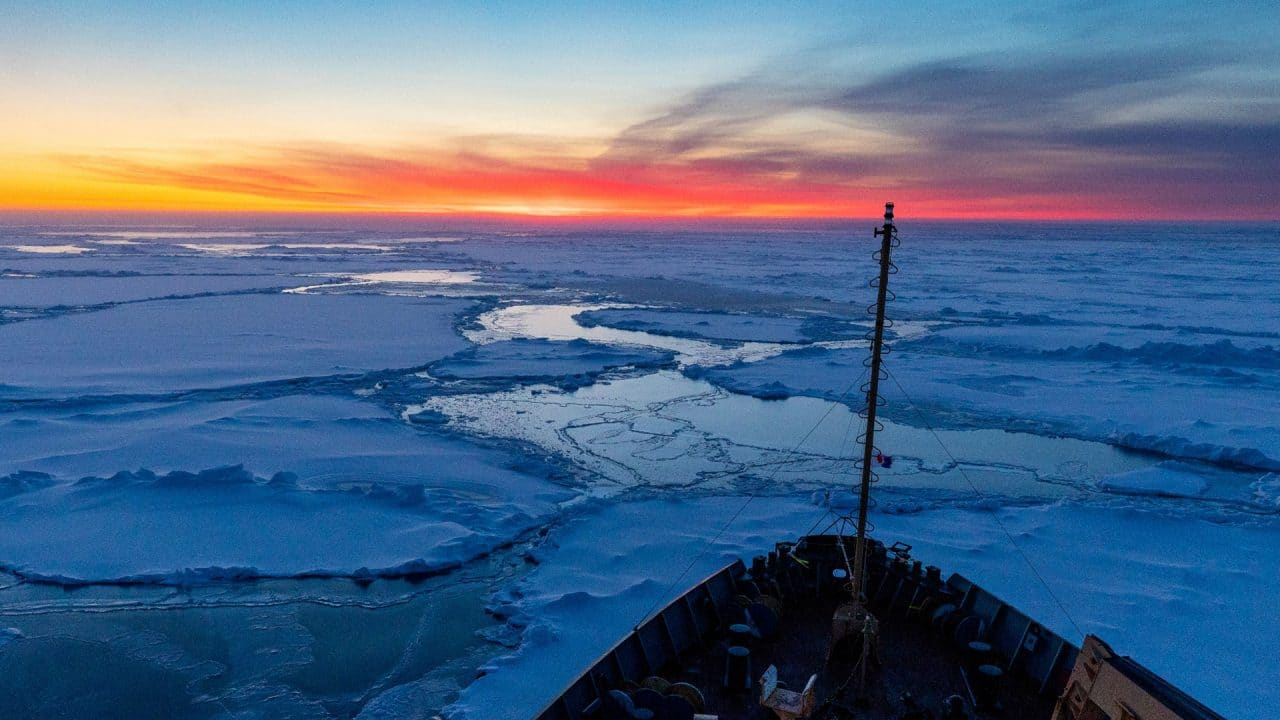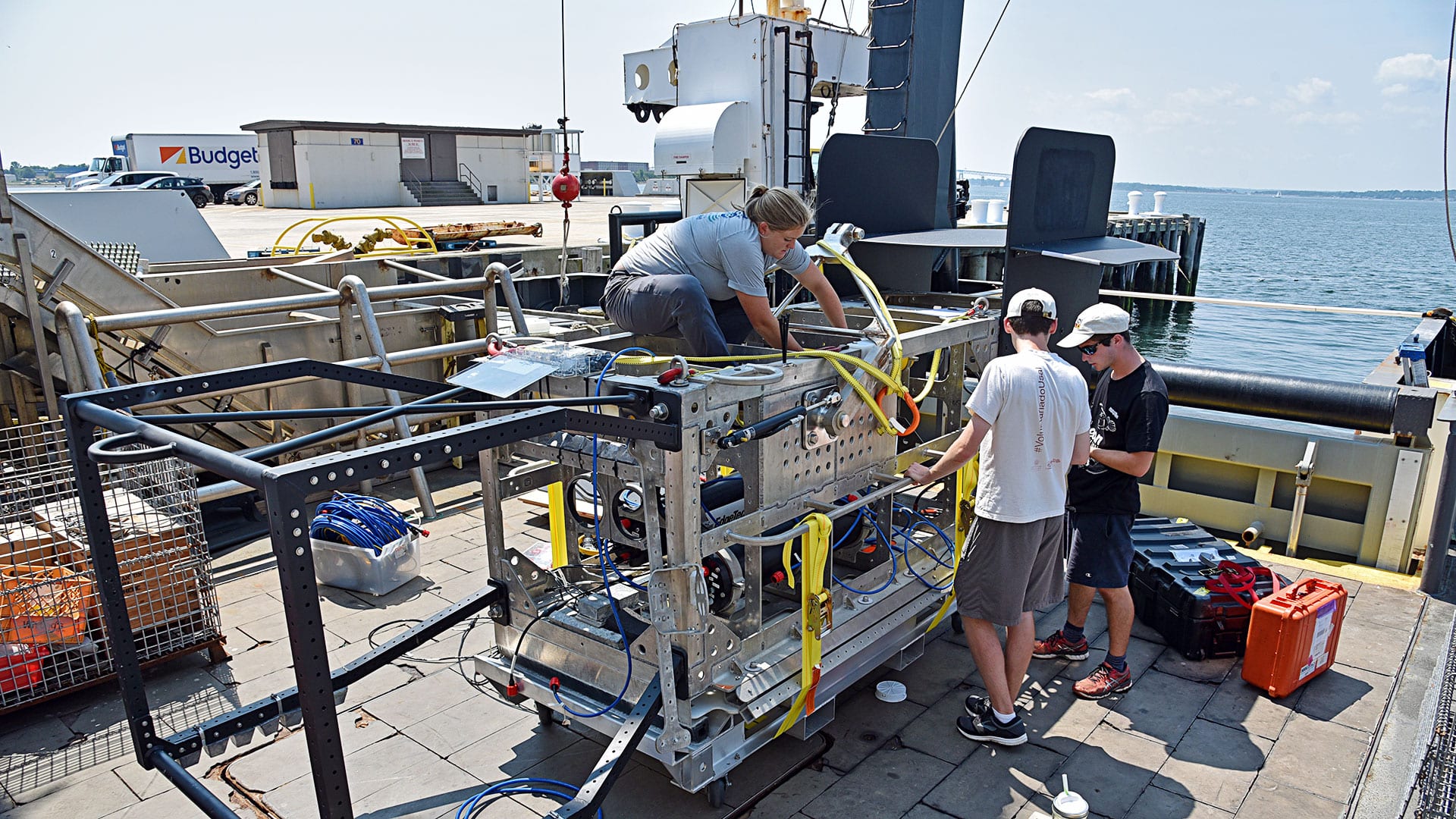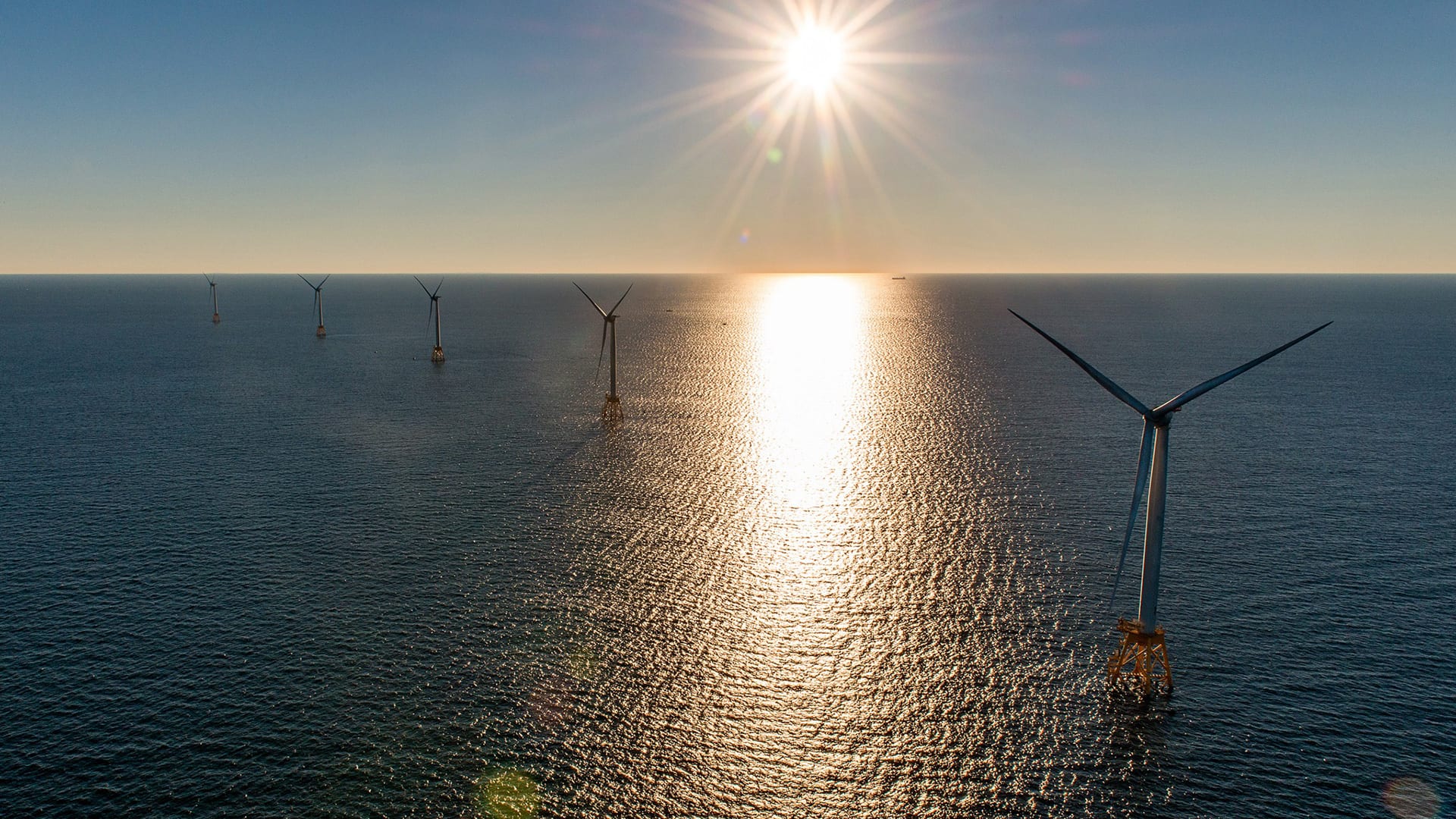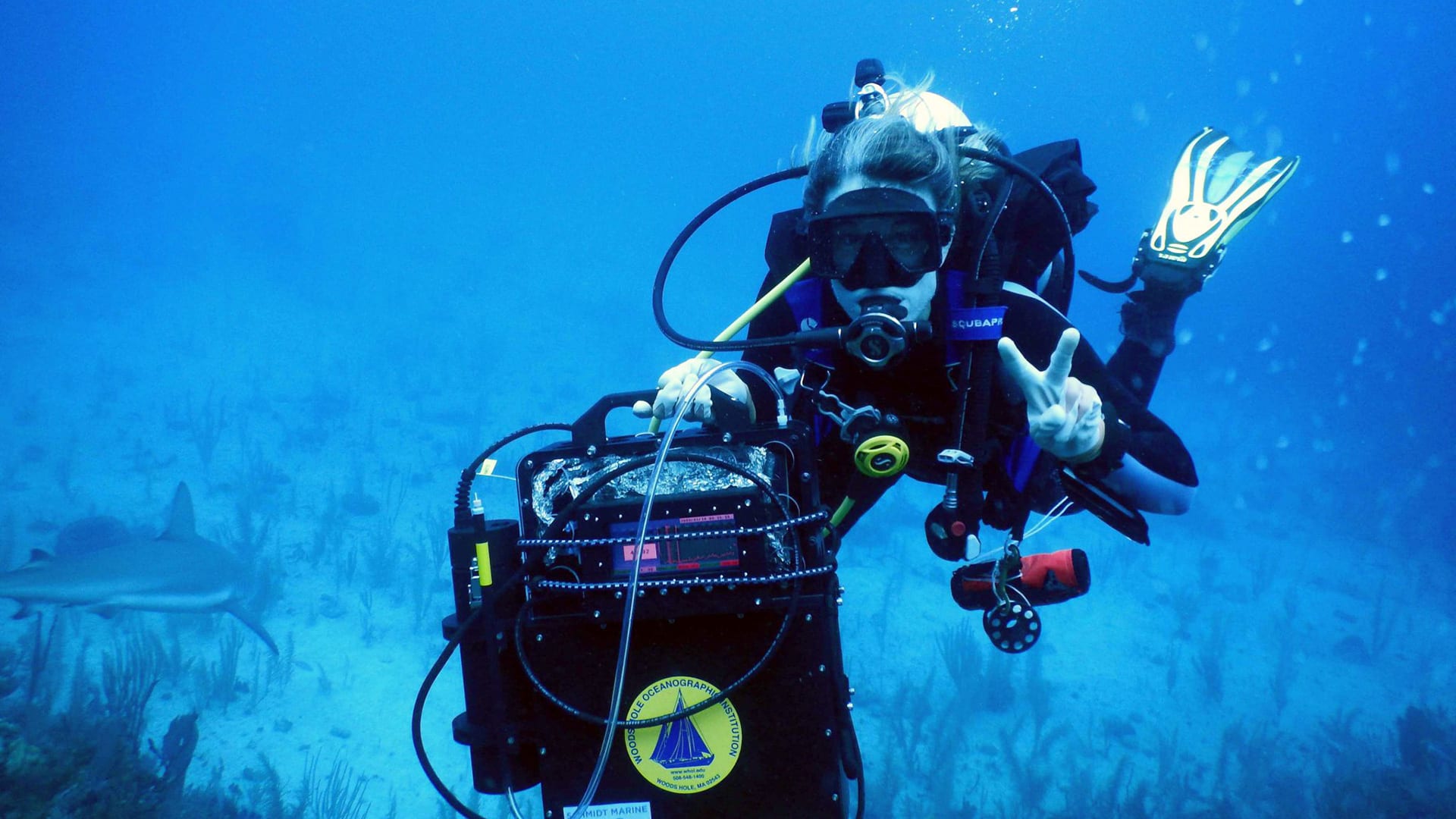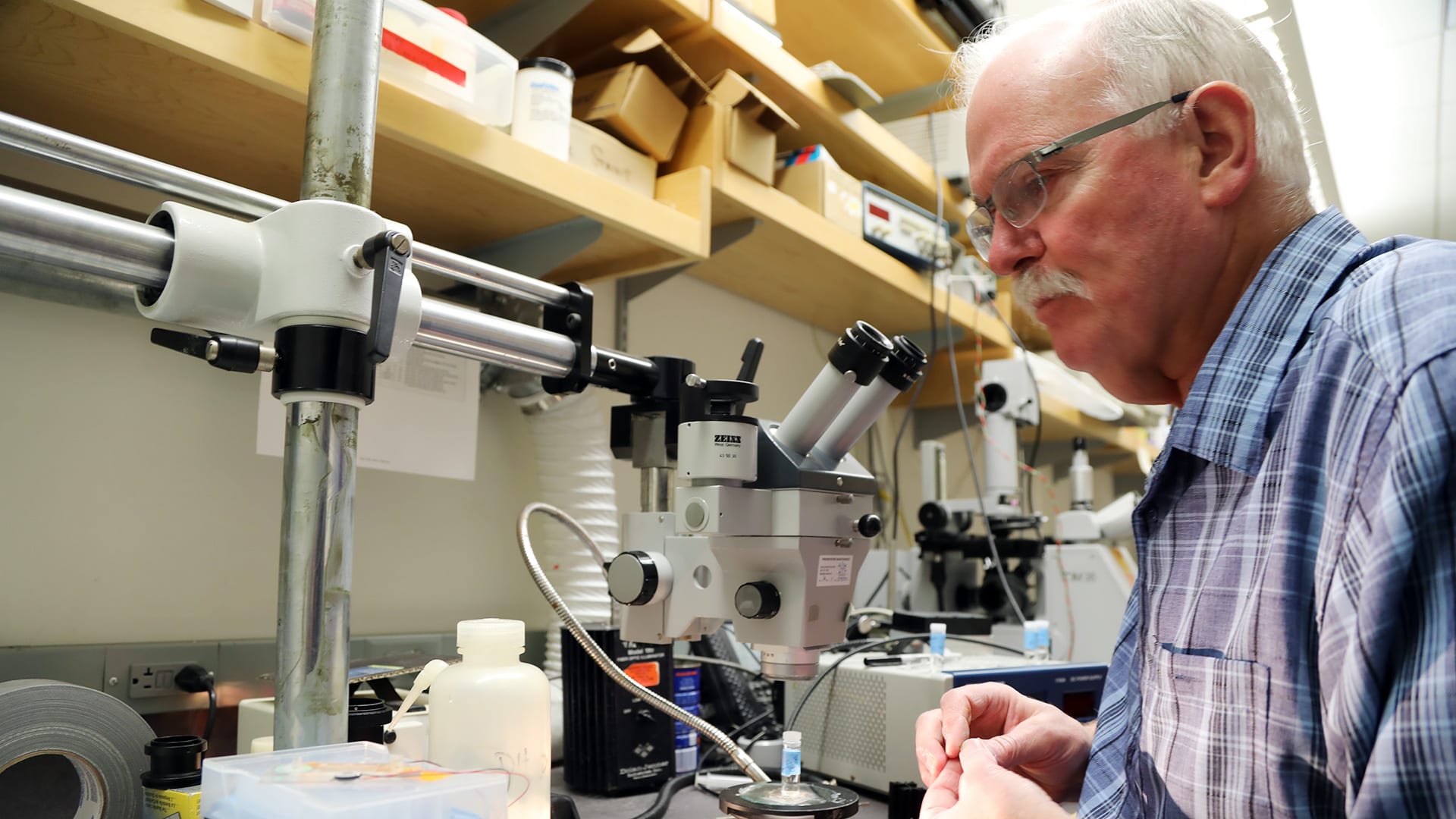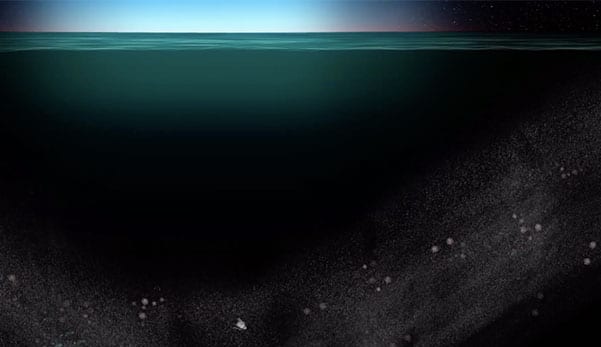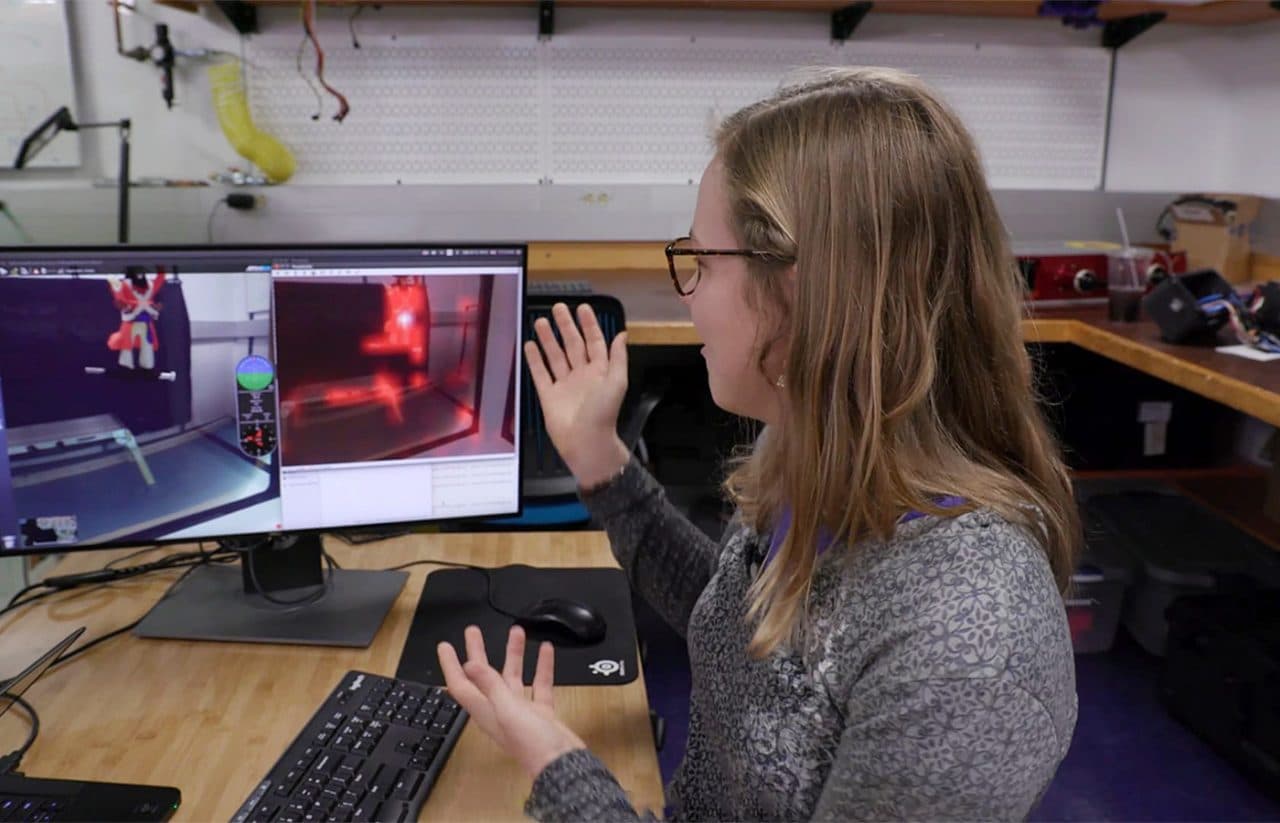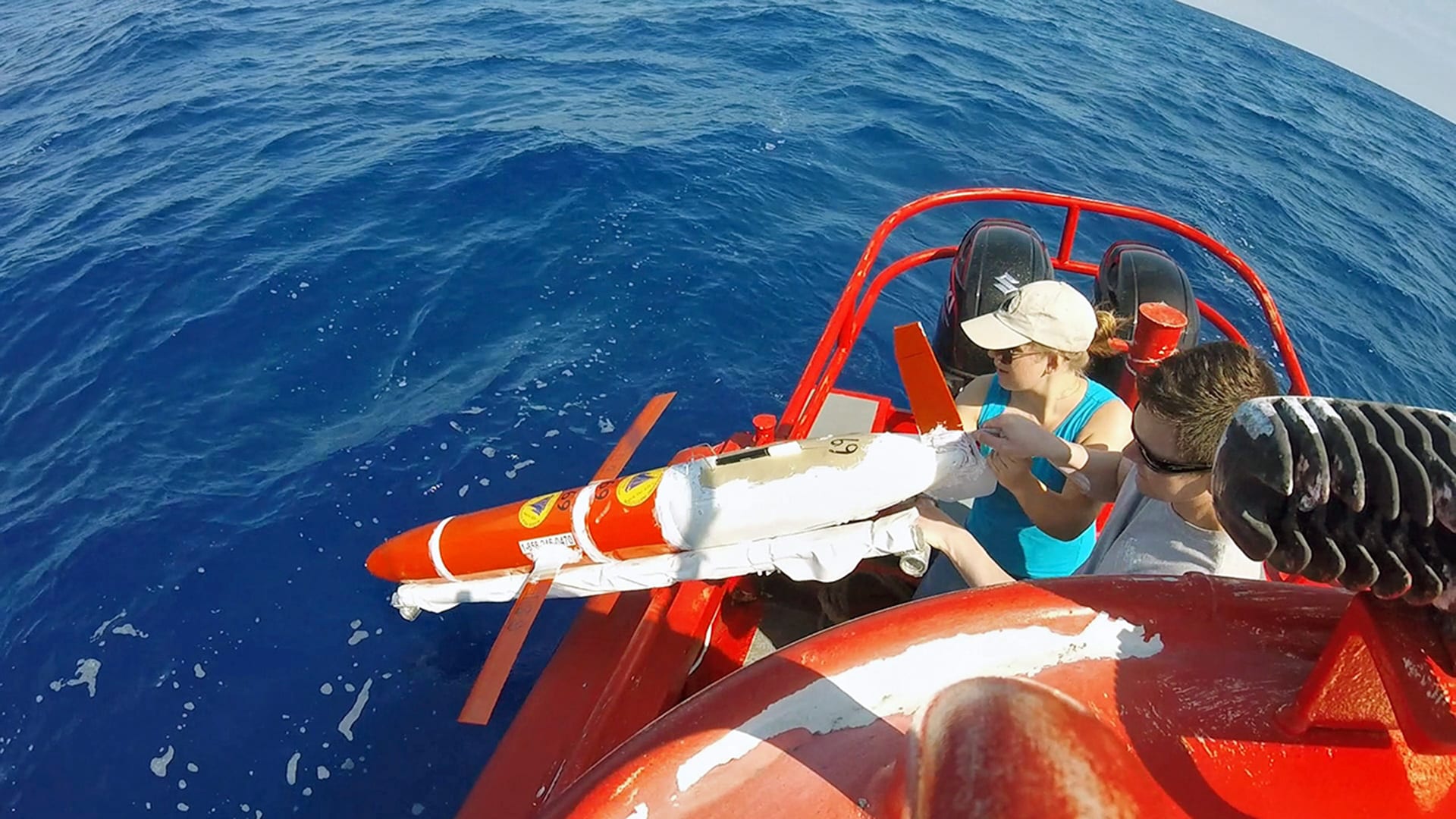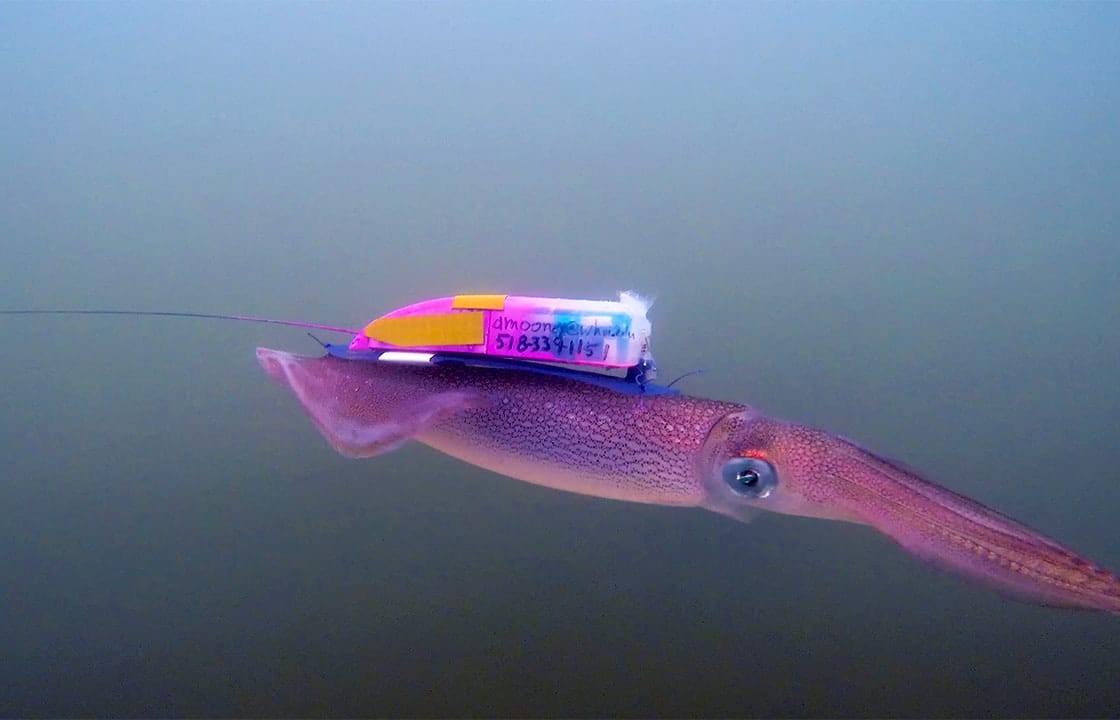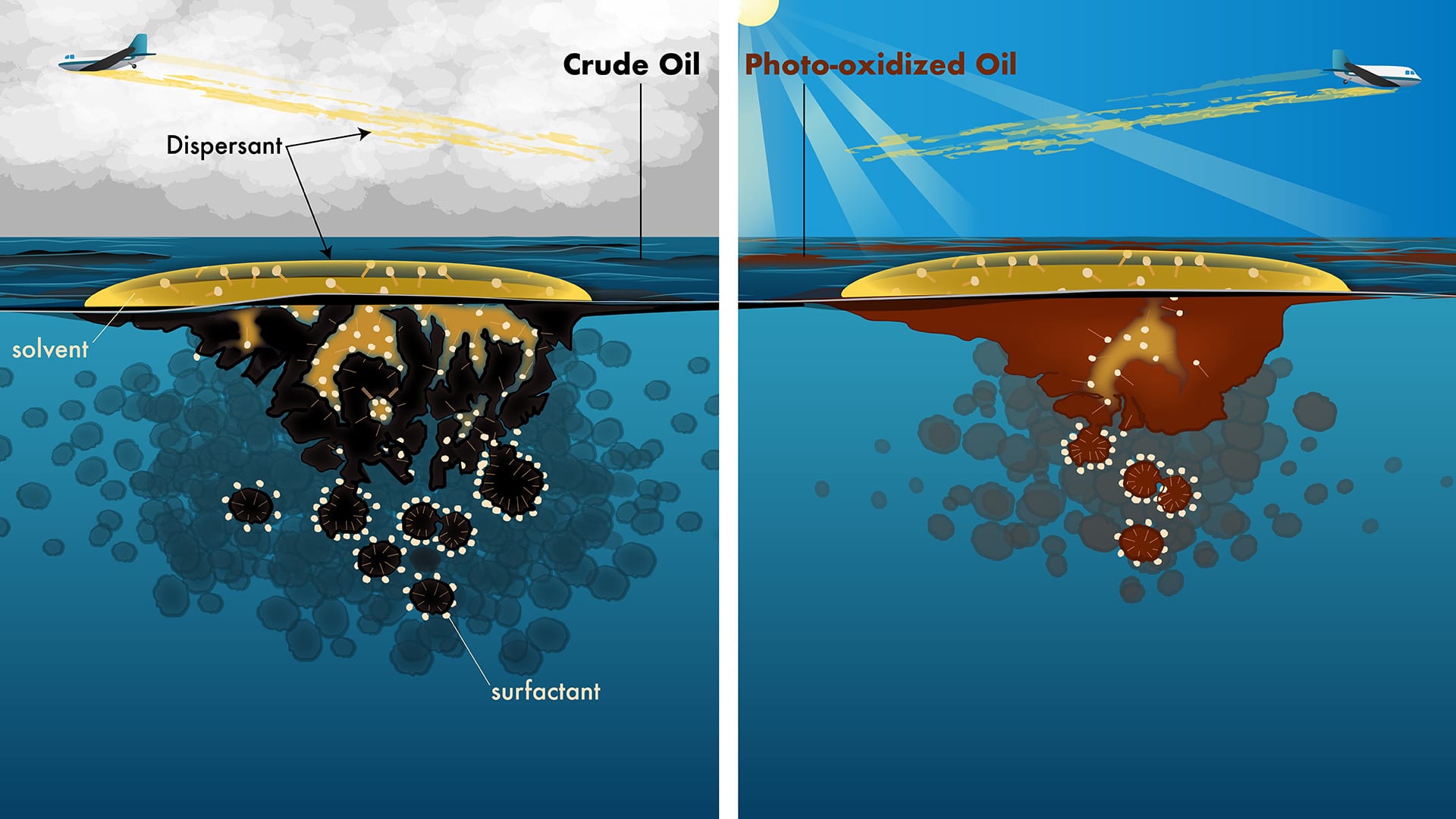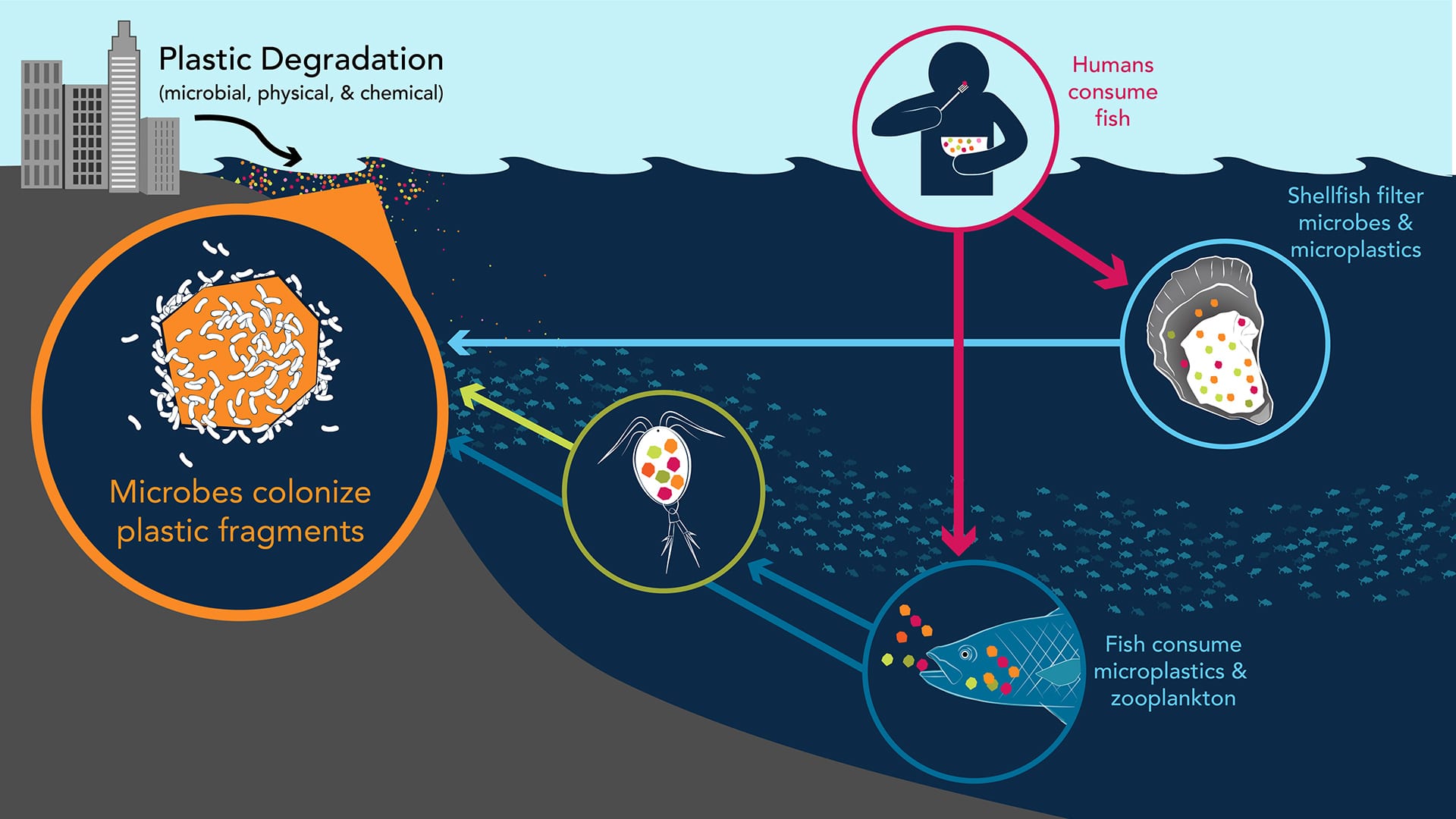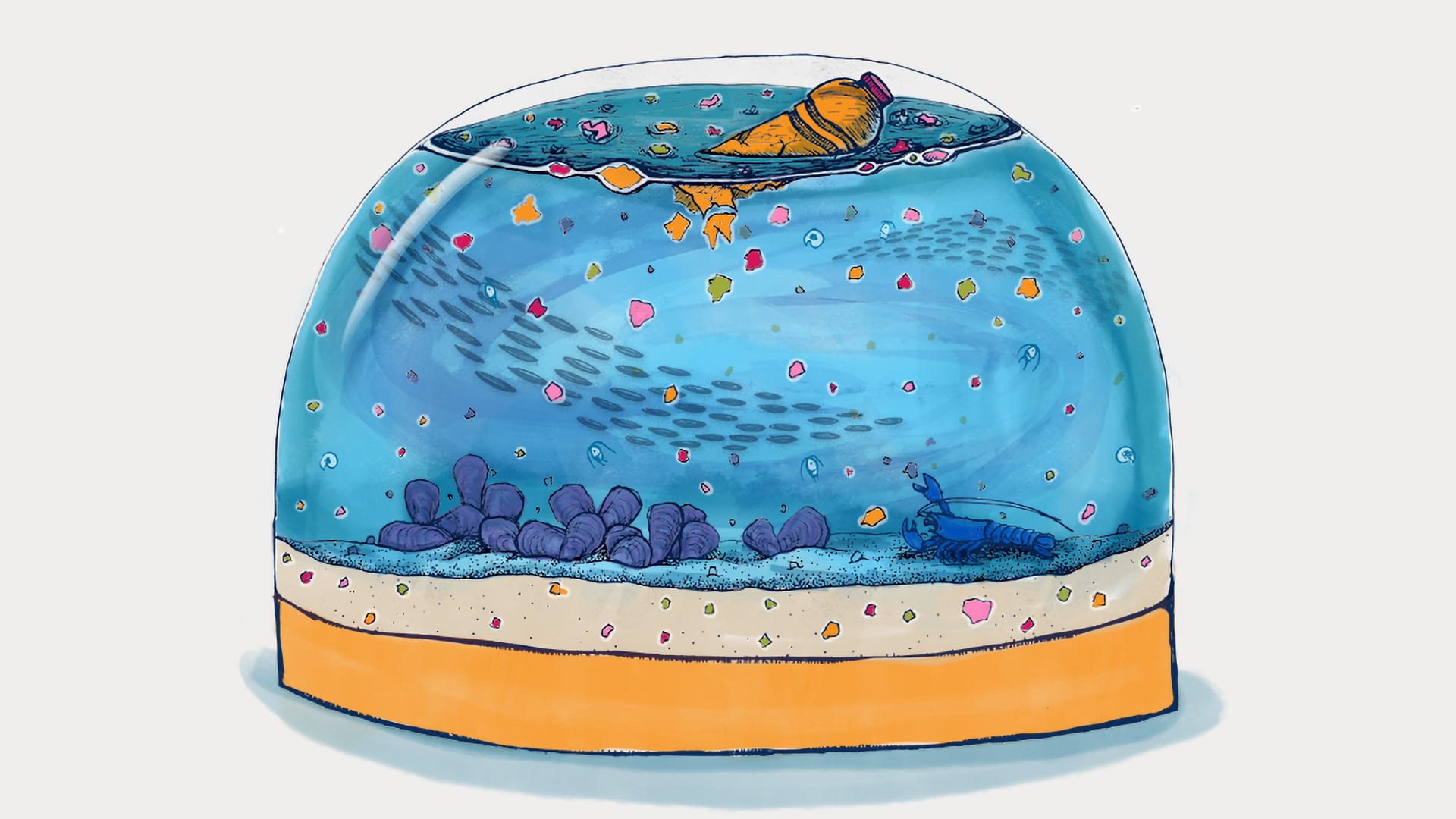Oceanus Online Archive
A new way of “seeing” offshore wind power cables
Eager to share best practices and technical know-how with the offshore wind sector, WHOI researchers test out an autonomous underwater vehicle (AUVs)—a staple of oceanographic research—to see if it can perform subsea cable surveys faster and more economically than using large and expensive ships.
Read MoreNavigating the Changing Arctic
New, fully autonomous glider will collect critical-but-scarce ice thickness measurements from below the surface of the Arctic ocean.
Read MoreTracking Radium in the Arctic
Jessica Dabrowski is an ocean chemist and a second-year graduate student in the MIT/WHOI Joint Program in Oceanography and Applied Ocean Sciences & Engineering. She travelled to the Arctic for…
Read MoreA Rainfall Forecast Worth its Salt
WHOI scientist Ray Schmitt and sons take top prize in rainfall forecasting competition.
Read MoreMicroplastics in the Ocean – Separating Fact from Fiction
WHOI scientists weigh in on the state of marine microplastics science.
Read MoreMesobot, Follow that Jellyfish!
WHO scientists and engineers are developing an innovative autonomous deep-sea vehicle with hovering and manuevering capabilities that will allow it to follow animals without disturbing their environment and behavior.
Read MoreChasing Ocean ‘Snowflakes’
Scientists envision putting a flotilla of devices in the ocean to act as “eyes” that can track the “marine snow” that drifts down into the ocean.
Read MoreParticles on the Move
An MIT-WHOI Joint Program student investigates what happens to nanoplastics once they’re ingested by fish.
Read MoreNew Techniques Open Window into Anatomy of Mollusks
Woods Hole Oceanographic Institution (WHOI) scientists are using advanced medical imaging techniques and diagnostic tools to reveal the internal structures of a wide range of marine animals. Most recently they…
Read MoreRound Up the Unusual Suspects
A variety of genetic techniques are advancing ocean scientists’ ability to identify which organisms live where in the vast ocean twilight zone and to find previously unknown species.
Read MoreA ‘Ticking Time Bomb’ in the Arctic
Scientists discover that the amount of heat in a major Arctic Ocean circulation system has doubled over the past 30 years. If the temperatures continue to spike, it could eventually spell trouble for the ice above.
Read MoreThe Deep-See Peers into the Depths
Decades of research from many WHOI scientists and engineers have culminated in a multifaceted vehicle to explore deep-sea marine life.
Read MoreHarnessing the Power
Can wind developers and ocean scientists work together to get US offshore wind cranking?
Read MoreA DISCO in the Ocean
To investigate coral bleaching, WHOI scientists figure out a novel way to take direct measurements in the ocean of superoxide, a key molecule that vanishes almost as soon as it is made.
Read MoreDo Microplastics in the Ocean Affect Scallops?
WHOI scientist Scott Gallager is making field observations and conducting lab experiments to explore the possible effects of microplastics in the ocean on marine organisms.
Read MoreDaily migration
Many twilight zone organisms participate in the largest migration on the planet. It happens around the globe, every day, sweeping across the world’s oceans in a massive, living wave. Every…
Read MoreCoding Curiosity
The ocean is an extreme environment that is hard for humans to explore. One solution is building deep-sea robots that can autonomously make decisions on what to look for and where.
Read MoreGliders Reveal Tango Between Hurricanes and the Gulf Stream
Spray gliders cruising the east coast are collecting ocean measurement data that hurricane forecast modelers can use to improve storm intensity forecasts.
Read MoreTo Tag a Squid
How do you design a tag that can attach to a soft-bodied swimming animal and track its movements? Very thoughtfully.
Read MoreThe Sun’s Overlooked Impact on Oil Spills
New findings by WHOI scientists could significantly change the way responders clean up oil spills in the ocean.
Read MoreTracking a Snow Globe of Microplastics
Millions of tons of plastics end up in the global ocean each year, but where does all that material go once it gets there?
Read More